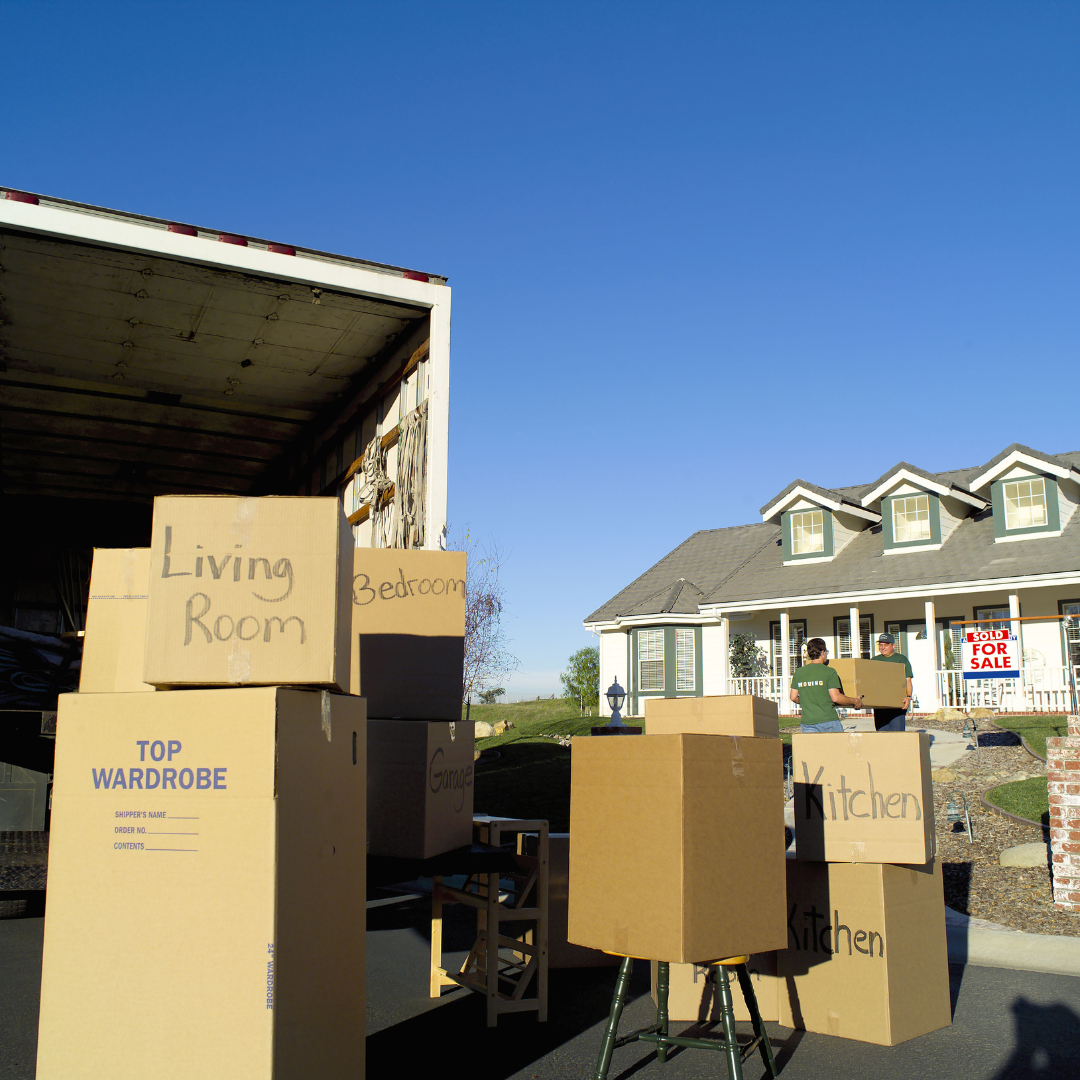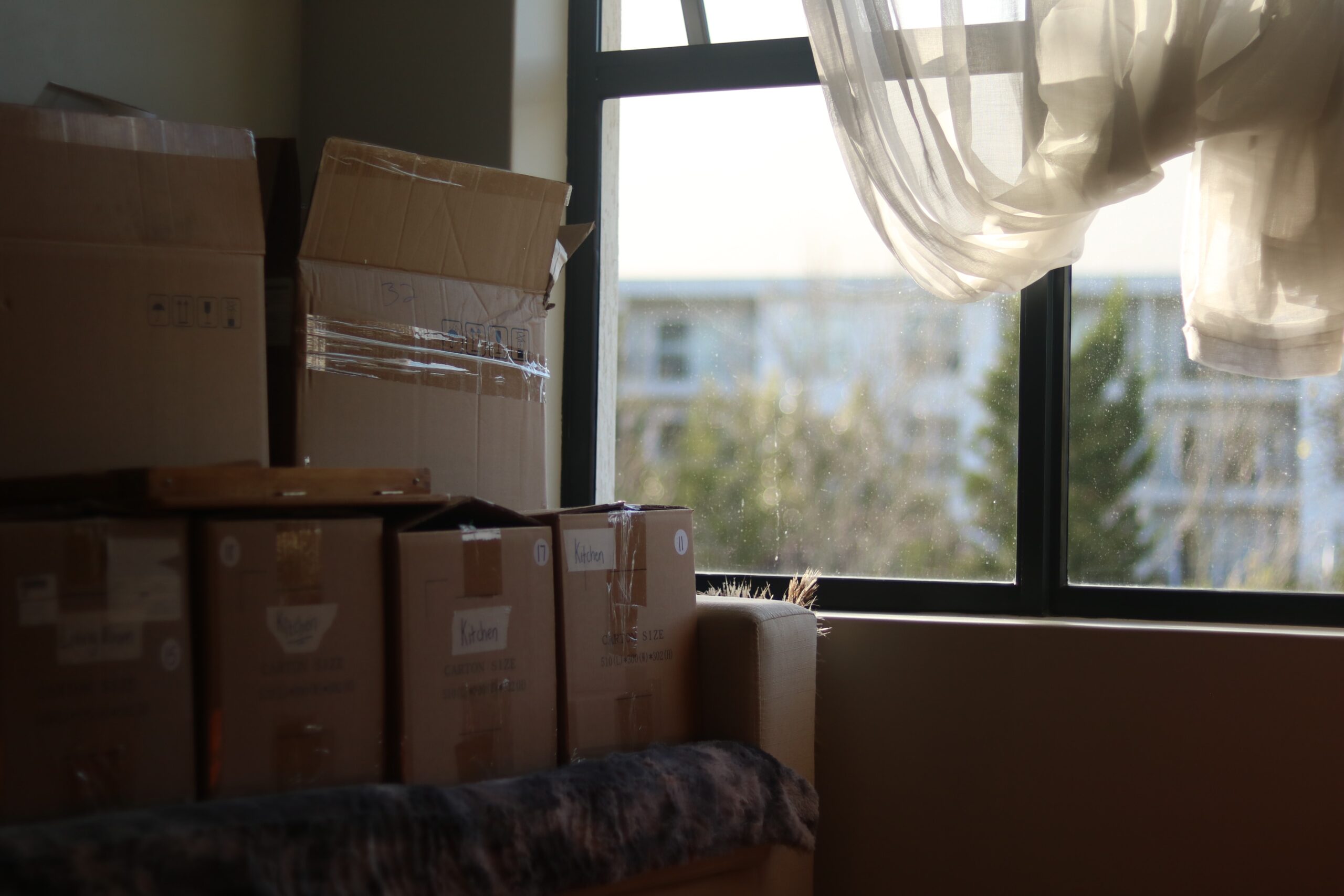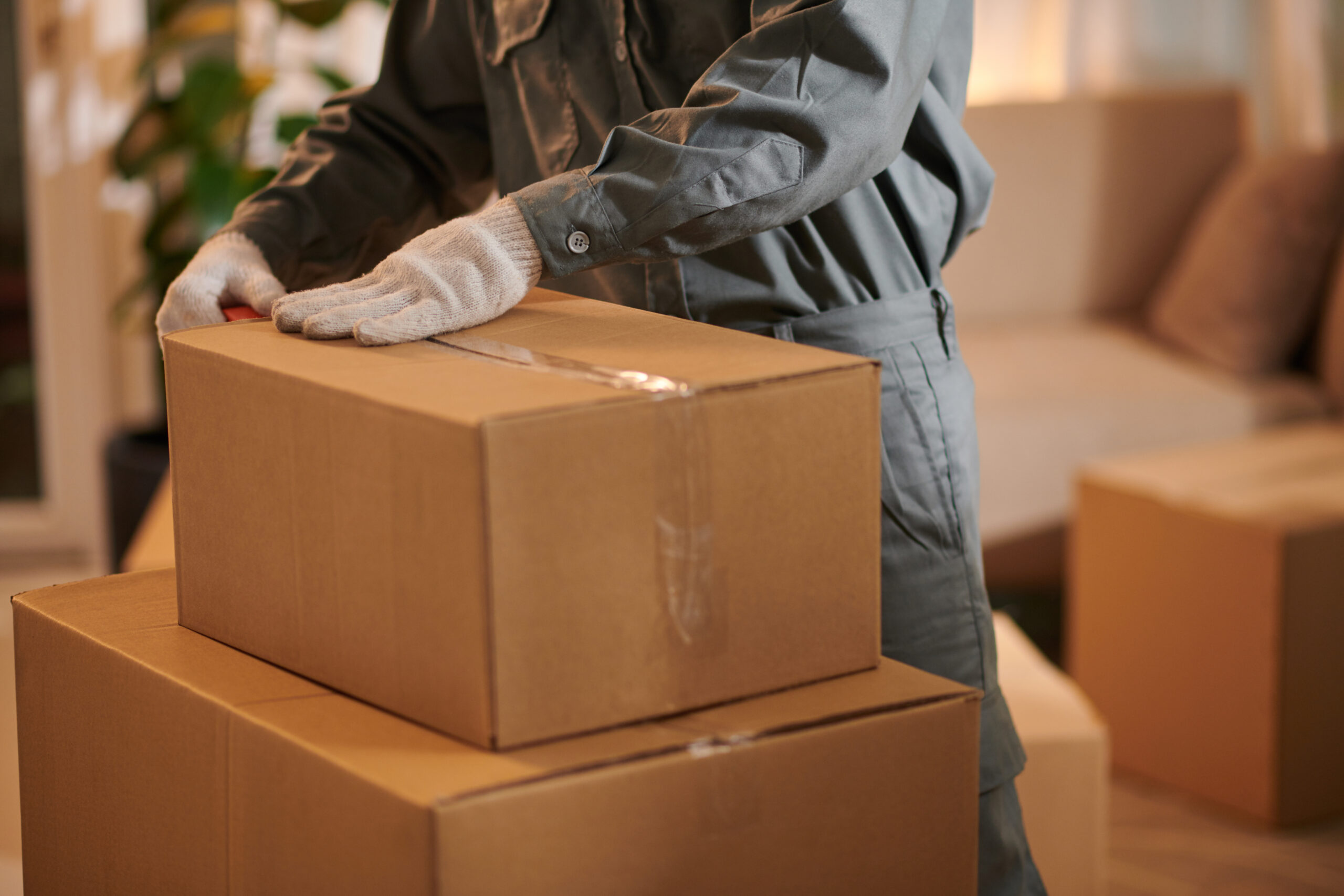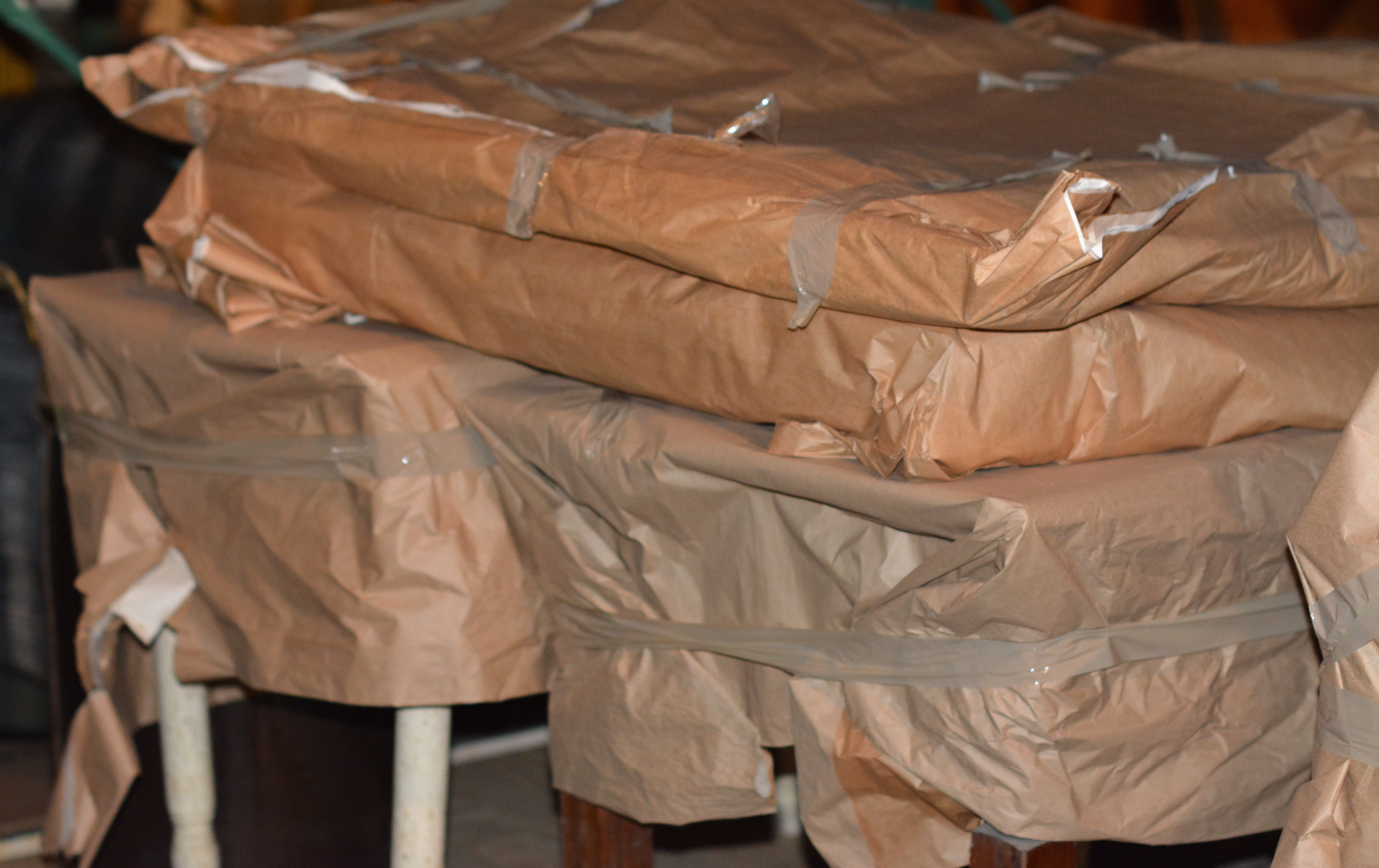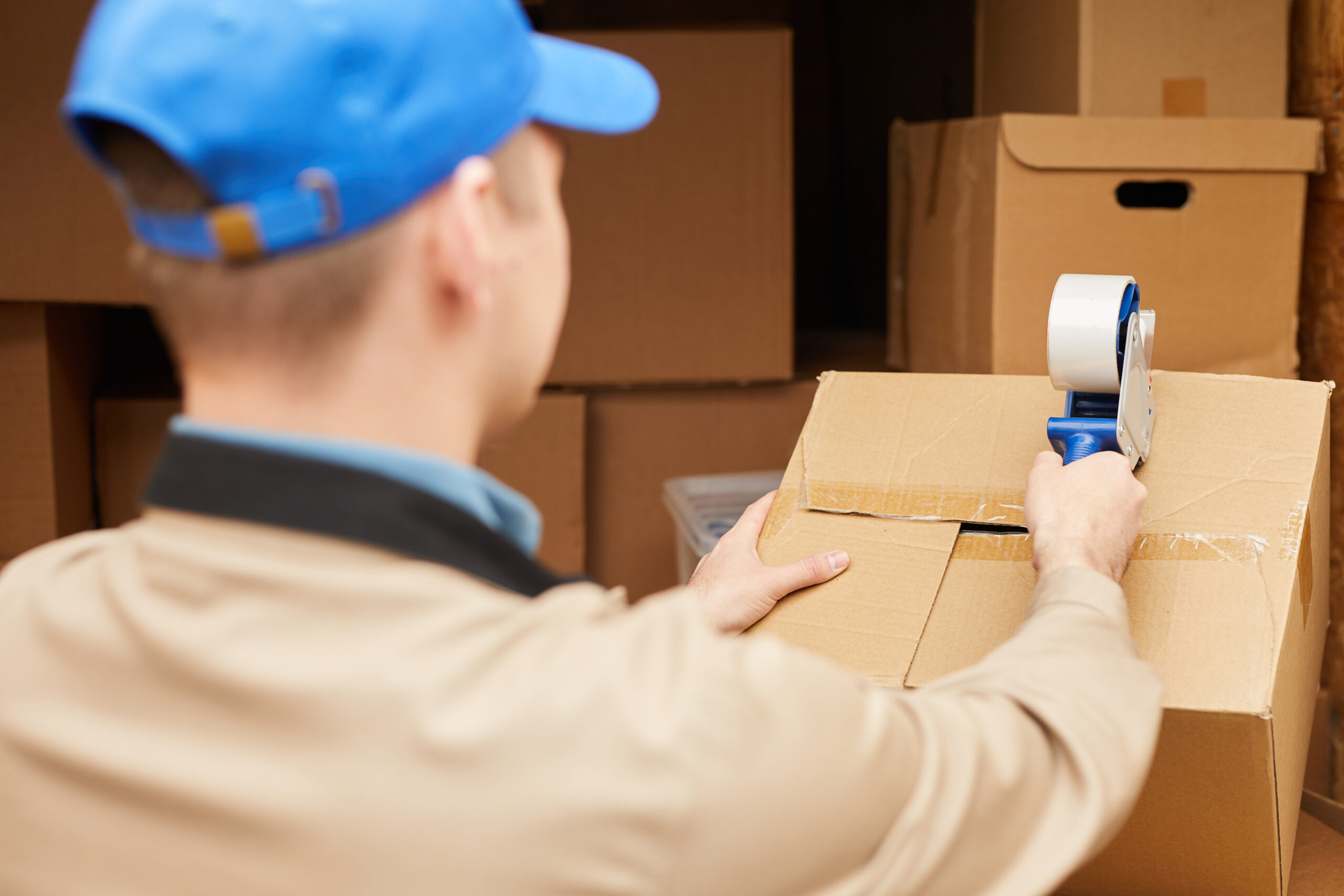Packing Responsibilities
Good packing is essential for a good move.
Making the decision to do your own packing or having a professional pack your household items is a major portion of the responsibility for your move’s success.
- All packing must be completed by the evening before moving day.
- Only leave next morning essentials for last-minute packing.
- Packing must meet certain standards to be loaded. *see below*
- Your cartons will be inspected prior to loading and may be refused if not correctly packed. *see below*
- Request a packing pamphlet for more information.
Packing Pointers
Before actually packing-up, you need to have a game plan. If you are looking for packing tips or packing services near Dayton, Ohio here are a few to get you started!
For example:
- Pack one room at a time. This will help you when it comes time to unpack.
- Pack a couple of cartons a day, starting well ahead of the move.
- Mark all boxes with a designated room and box number. Make a carton identification log to show the number of boxes packed per room, and the total number of cartons packed. It’s a good idea to leave space in your log for a special comments section to note carton conditions or location of high value goods. Notify your mover of any high value items.
- Be sure to have plenty of “filling” material available.
- Be sure that the bottoms of all cartons are secured and will hold the weight of the contents.
- Packing tape or gummed tape is better than masking tape.
- Pack heavier items toward the bottom of the box and lighter items toward the top. Try to keep a per-box weight of 50 pounds or less; it makes moving a lot easier. A general rule to remember on carton size — the heavier the item, the smaller the carton.
Packing Dishes
- Select a medium-sized carton (or mover provided dishpack) and line the bottom of the carton with crumpled packing paper.
- With packing paper stacked neatly in place on a work table, center one plate on the paper.
- Grasp a corner on several sheets of packing paper and pull the paper over the plate until sheets completely cover the plate. Stack a second plate on and, moving clockwise, grasp a second corner and pull sheets over the second plate.
- Stack a third plate. Grasp remaining two corners, folding two sheets of each corner (one at a time) over the plate.
- Turn your wrapped stack of plates upside down onto your packing paper.
- Re-wrap the entire bundle: start with one corner of packing paper and pull two sheets over the bundle, cover bundle with next corner, then the third corner; and finally, the fourth.
- Seal the bundle with packing tape.
- Place the bundle of dish-ware in a medium-size box so that the plates are standing on edge
Use this process on all saucers, bread and butter dishes, and other dishes. When packing smaller dishes, you may choose to stack in greater quantity.
Packing Cups
- With packing paper in place on the work table, position one cup six to eight inches from one of the corners.
- Now pull the near corner of the paper up and over the cup.
- Nest a second cup directly on top, with handle to left (second cup should “nest” itself in packing paper folded over the bottom cups).
- Pull the two side corners up and over, one at a time, and tuck corners inside the top cup.
- Hold the bottom and top cup in position and roll cups to the remaining corner. Fragile mixing bowls may be rolled in the same manner.
- Delicate cups, like china, should be wrapped one at a time. Antique glass or china should be stuffed with crumpled tissue and wrapped one at a time.
Packing Glasses and Stemware
- Stuff glasses and stemware with crumpled tissue or packing paper before wrapping.
- Lay on the corner of packing paper and roll it one or two full rotations (depending on size); pull sides of packing paper up and over glass/stemware and continue rolling to the far corner. Corrugated paper rolls or cellular boxes may be used for added protection.
- Place glasses and stemware toward the top of your box. Heavier items (dish-ware, pitchers,etc.) should be placed toward the bottom of the box.
Delicate glassware and stemware should be placed in an upright position, not on its side. No matter what you’re packing, you should use crumpled packing paper in between each layer to assure a snug fit wherever there’s a gap. All boxes with “fragile” items should be marked accordingly.
Specialized Packing Tips
The list of individual household items is endless. Most can be packed by following our packing pointers. Here are some additional packing tips for major items. If you want a more comprehensive list of how to pack special items, drop us a line.
Bureau Drawers – Don’t overload. Too heavy a load can cause damage. Remove firearms and any items that might break or leak. Firearms, along with serial numbers, must be registered with your van line representative before the move.
Canned Goods and Other Non-Frozen Food – Pack upright with no more than 24-30 cans per carton. Don’t attempt to move perishables. Wrap glass containers and boxed foods individually and pack in small cartons.
Frozen Foods and Plants – Because of the delicate and perishable nature of these items, your mover is prohibited from accepting these packed items when your shipment is being transported more than 150 miles and/or delivery will not be accomplished within twenty-four (24) hours from the time of loading. Frozen food shipped within these guidelines must be packed in a freezer which at time of loading is at normal deep-freeze temperature.
Clocks – Remove or secure pendulum in large clocks. Grandfather clocks should be prepared for moving by expert servicemen.
Medicines – Seal caps with masking tape. Wrap and pack upright in small cartons. If needed during
travel, carry with you.
Mirrors, Paintings and Pictures – Tell your agent about valuable paintings for special care. Wrap
small mirrors, pictures, paintings, and frames and place on edge in cartons. Place large pictures and
paintings on edge in heavy cardboard containers. Large wall or dresser mirrors will be taken down
by the movers and placed in special cartons. For added safety, place tape diagonally across mirror
to protect better against damage. Do not place newspaper directly against paintings.
Personal Computers and Video Recorders – Pack valuable electronic equipment in original
cartons when available. Otherwise, use strong, corrugated cartons and place protective padding on
the bottom of the carton. Wrap an old blanket or protective pad around the item and place it in its
carton. Place additional padding between the carton and the computer or video recorder. Wrap
cords separately, label to identify usage and place in a plastic bag away from delicate surfaces. Non-
detachable cords should also be wrapped. Place cords between the padded computer or video
recorder and the carton. Be sure your personal computer is “parked” and ready for transport.
Tools – Drain fuel from power tools (do not ship Flammables under any circumstances). Pack tools
in small, strong cartons. Wrap separately if valuable.
Drapes and Curtains – Hang drapes over crossbars in wardrobe cartons, or pack folded in clean cartons. Remove curtains from rods, fold and pack in cartons or bureau drawers.
Flammables and Combustibles – Flammable liquids and aerosol cans must not be packed. Changes in temperature and pressure can cause them to leak, or even explode. For your own protection, you should know that if you pack these items and they cause damage to your shipment or others, you, not your mover, may be held liable.
Lamps and Lampshades – Remove bulbs, harps and shades. Roll up cord. Pack lamps with bedding or wrap separately and place upright in clean, tissue-lined carton. Wrap harp and finial (decorative knob) with packing paper and tape to inside wall of carton that contains shade. Wrap shades in tissue, not n
Barbecue Grills and Propane Tanks – Wrap grates and briquettes separately in a newspaper (or place all briquettes into a grocery bag) and place parts in carton. Pad carton with paper to reduce movement of contents. Propane tanks cannot be moved. Consult your local gas grill distributor for the safest method.
